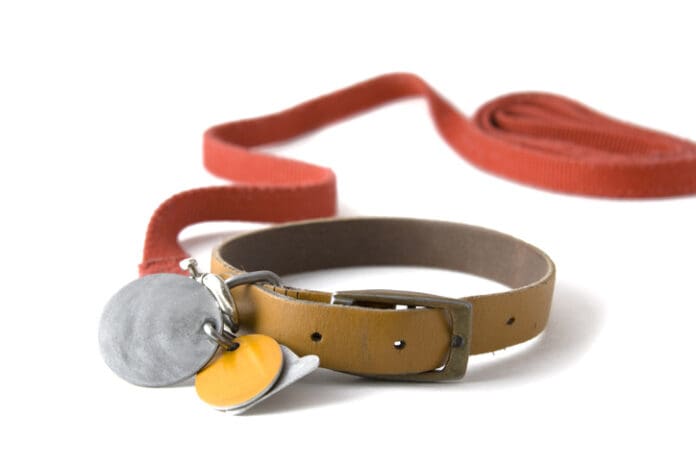With certain styles, if you can’t get the harness to fit quite right, try putting it on upside down. (Doesn’t work with any of the “two-points-of-contact” harnesses.)
If the front strap still slips down, clip your leash to the front-clip ring and the collar ring. This may diminish the effectiveness of the harness a little, but it will keep the front strap up and in place.
If your dog seems worried when you attempt to put the harness on him, use high-value food treats to give him a positive classical association with the harness, and do several sessions of “harness = food” before putting it all the way on him. If his eyes light up when he sees the harness, you’re ready to proceed. (Many dogs take to the harness right away and don’t need the conditioning step.)
When attached to the front of your dog’s harness, make sure your leash comes directly to you in the shortest line possible (not around the dog’s other side and over his shoulders).
Do several practice sessions with the harness in low-distraction environments so the two of you can, together, figure out how it works, before trying it in the real world.
Keep slack in the leash when your dog is not pulling. If he starts to pull, stand still to brace yourself, and put gentle pressure on the leash to turn his front end back toward you. Mark (click or “Yes!”) and give him a treat, and walk forward again.
If you need help deciding what’s best for you and your dog, our newly updated ebook Guide To Collars, Leashes & Harnesses can guide you in making collar decisions that are compatible with your training goals and philosophy.





